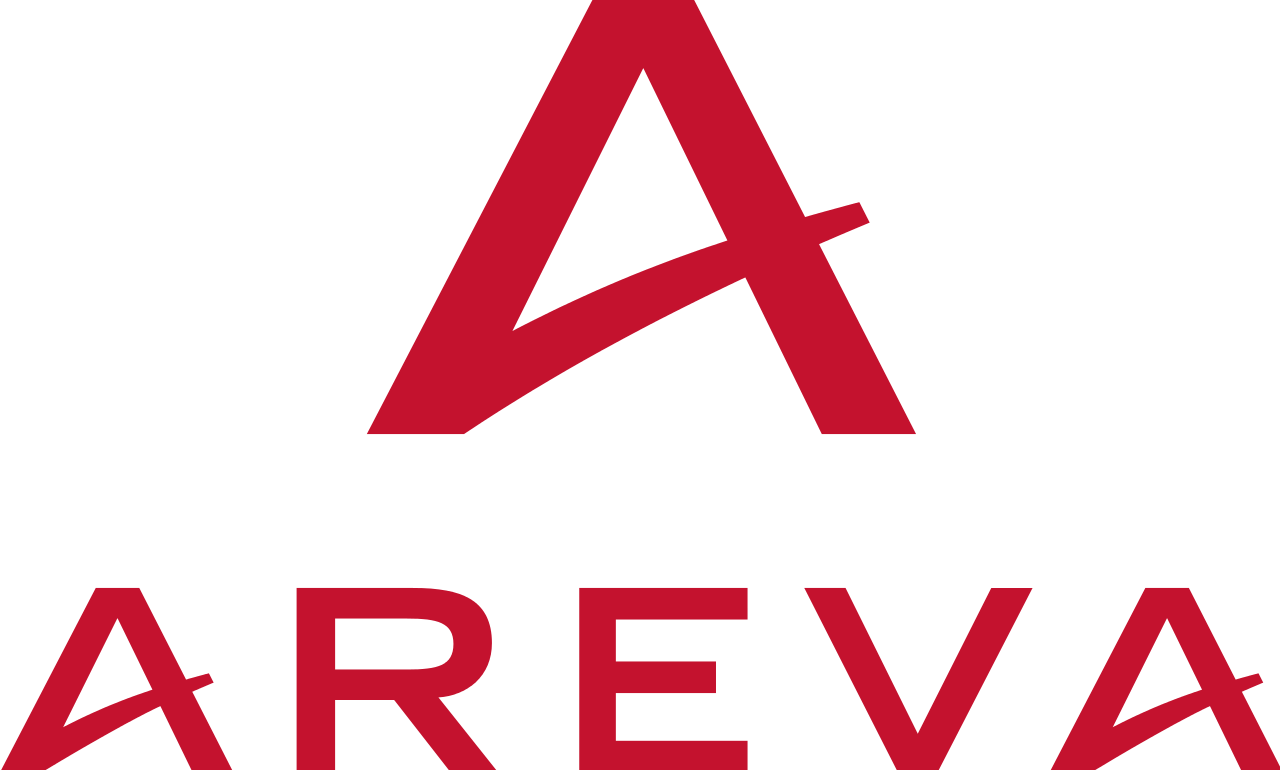News


Demand for energy is forecast to rise by at least 50% over the next twenty years. Jordan has plans in place to invest $872 million (approximately €640 million) in power generation, and a further $386 million (approximately €283 million) in electricity transmission, between now and 2014.
As part of reducing its dependence on oil, Jordan is looking to civil nuclear power, beginning with a generating plant of between 750 and 1,100 MWe. The country hopes to have this plant up and running by 2015, with the aim of increasing the nuclear power contribution to 30% of all energy generation by 2030, following the introduction of three further plants.
Non-proliferation
- AIEA: NPT (1968), Safeguards Agreements (1998) - Additional protocol (1998)
- IAEA has collaborated with Jordan in Technical Cooperation projects
Nuclear cooperation agreements:
GNEP (Sept. 2007), MOU with the US (Sept. 2007), Kazakhstan (August 2007), European Union (November 2007), France (June 2008), Canada (July 2008), China (August 2008), South Korea (October 2008), Japan (April 2009), Russia ( May 2009), UK ( June 2009), Argentina ( September 2009) and Spain (January 2010).
- April 2008: AREVA is appointed as Partner of Choice following acceptance of a mining proposal.
- August 2008: signature of a nuclear cooperation agreement between France and Jordan.
- September 2008: signature of an exploration agreement by AREVA and the Jordan Atomic Energy Commission (JAEC). According to the Jordan French Uranium Mining Company (JFUMC), the Franco-Jordanian joint venture created out of the partnership between AREVA and the Jordan Atomic Energy Commission (JAEC).
- January 2009: formation of the JFUMC, which trades as Jordan AREVA Resources, and commencement of exploration in central Jordan.
- January/February 2010: finalization and signature of the mining agreement.
